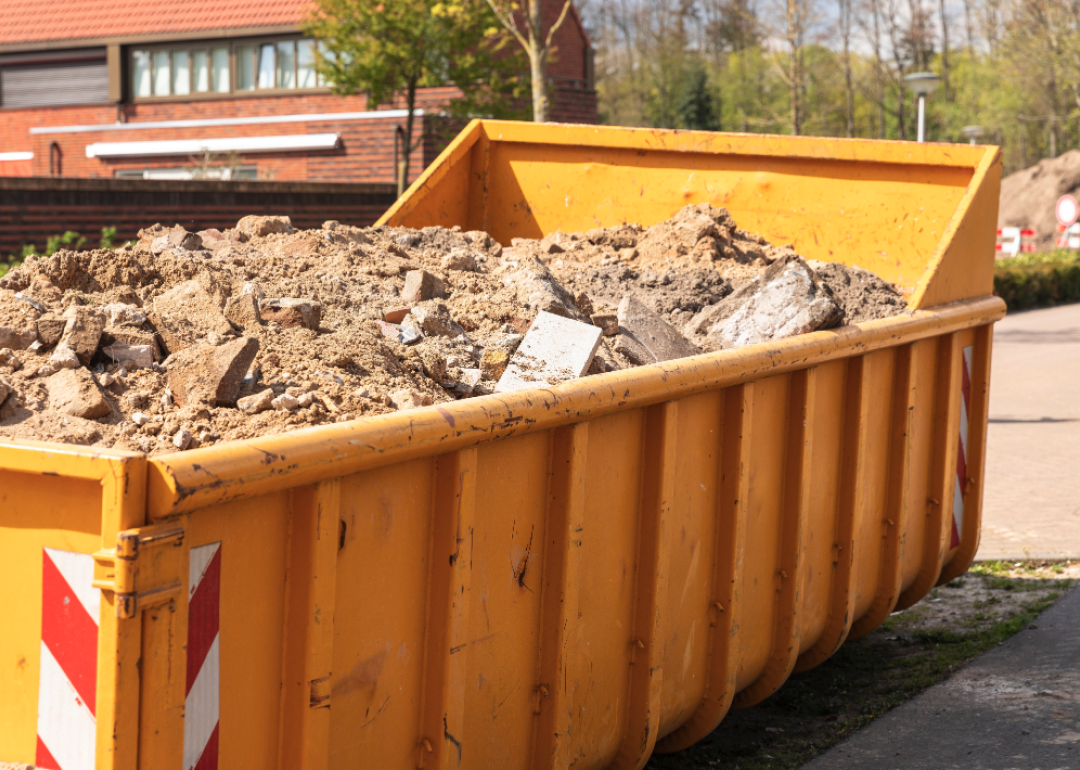
5 common recyclable materials for greener building
This story originally appeared on Machinery Partner and was produced and distributed in partnership with Stacker Studio.
5 common recyclable materials for greener building
The U.S. produced an estimated 600 million tons of construction and demolition debris in 2018, according to the Environmental Protection Agency's most recent estimates. Nearly 25% of that debris ended up in landfills; what remained found new life.
Many building components can be recycled and turned into new products. In 2018, over 27% of wood construction debris was diverted from landfills to become engineered wood products, compost, mulch, and fuel. Over 95% of concrete was turned into other materials like aggregate, and almost 77% of metal debris was diverted from landfills.
Reusing materials also stems the flow to landfills. Demolitions are the biggest culprit in waste, accounting for more than 90% of all construction debris, according to the EPA. Deconstruction is one way to divert this debris from landfills. Rather than demolish an existing structure, architectural salvagers carefully remove items that can be reused, such as doors, hardware, cabinets, sinks, tubs, and even old-growth wood. Architectural salvage shops and entities like Habitat for Humanity's ReStore resell the reclaimed items to those looking for historically accurate building materials for historical renovation or those who want to take an economical approach to home improvement projects.
Reducing the amount of construction debris doesn't just help the environment; it lowers construction costs. When builders deconstruct homes rather than demo them, they save money on disposal fees. If they reuse materials in a project, that can also save money in the construction budget.
Machinery Partner researched common recyclable materials that contractors and home renovators can seek out on their next projects or ensure are repurposed during their next demolitions.
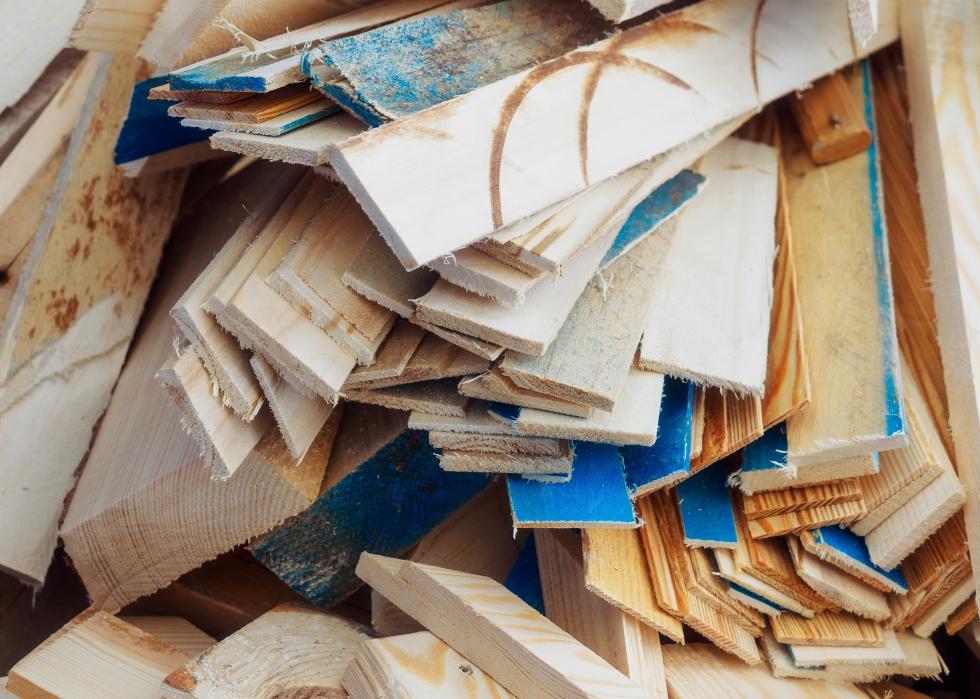
Wood
Wood salvaged from older homes—particularly those built before the 1960s—is often called "old-growth wood," derived from forests harvested for the first time. These trees were older and had time to develop a dense internal ring structure, making the wood stronger and more resistant to decay, rot, and termites. Salvaged wood can be reused for flooring, siding, and tables. Wood pieces could also be reused as lintels, shorter studs, and blocking in the framing process to avoid cutting long pieces of lumber.
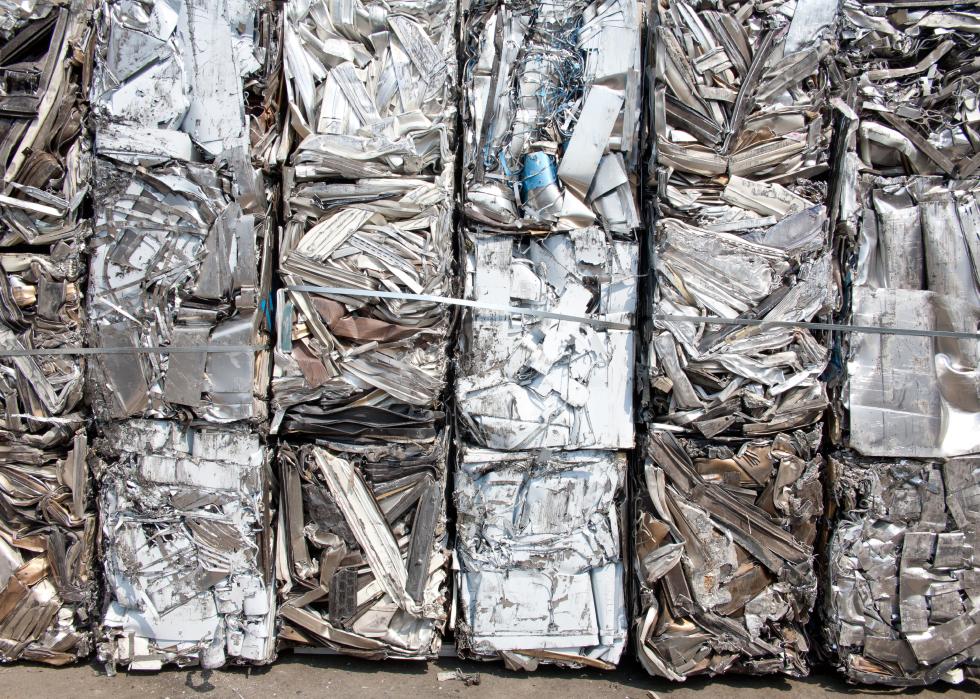
Metals
Steel and metals are simple materials to recycle and repurpose. Overall, 74% of construction steel is recycled, but structural steel has a 97% recycling rate, according to a report from the American Iron and Steel Institute and the Steel Manufacturers Association. Bone Structure—a home builder with locations in San Francisco and Quebec, Canada—constructs steel-framed homes made with 88% recycled steel, mainly from junked cars. Metal roofs are also gaining popularity—having doubled their market share to 12% of remodels since 2019—due to their durability and 30- to 50-year life span.

Hardware
Salvage shops are a trove of preowned hinges, doorknobs, drawer pulls, vent covers, and more. Be careful with salvaged doorknobs you need to lock, though. Architectural Digest warns this hardware may not work when retrofitted, even if you have the correct key.
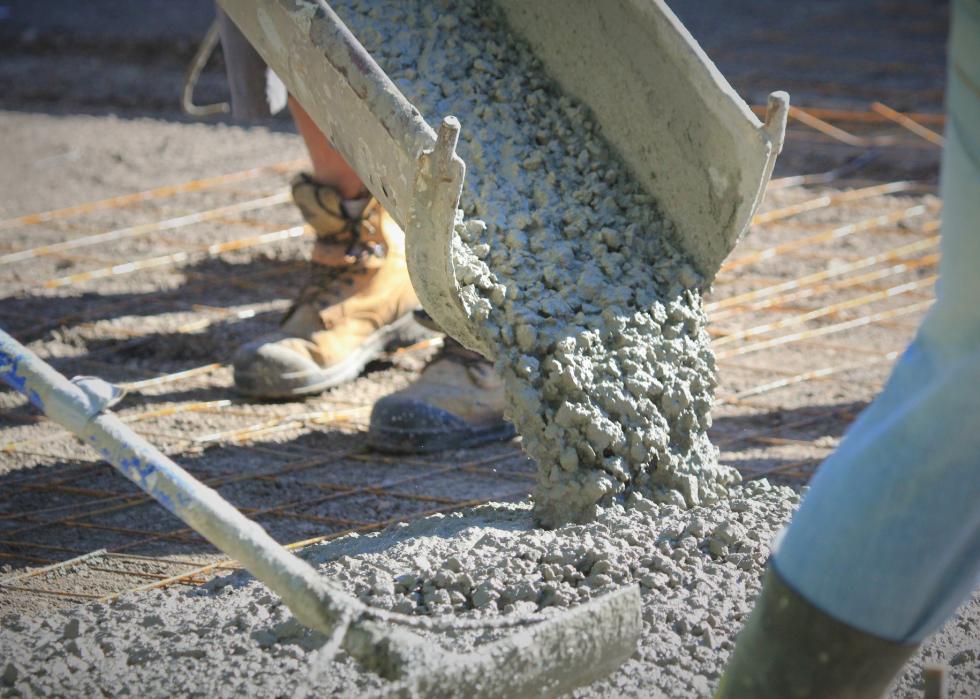
Concrete
Most recycled concrete—301.2 million tons in 2018, per the EPA—gets reused as aggregate. This can then get made into new concrete or be used as fill or base material in building driveways. Creating new aggregate from old concrete doesn't just keep it out of landfills; it also prevents the draining of natural resources. According to the Association of Equipment Manufacturers, building a house requires 400 tons of aggregate.
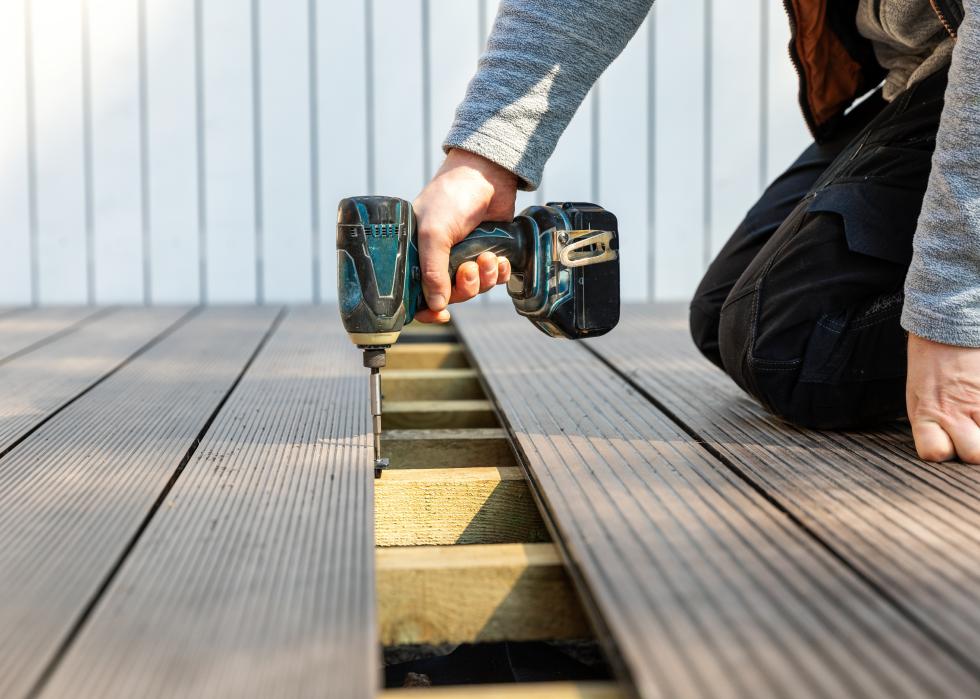
Plastic
Recycled plastic has become a popular alternative to traditional wood decks, partly because it doesn't require regular maintenance and resealing. Companies like Trex, TimberTech, and NewTechWood all make decking and railing from recycled plastic, obtaining plastic from bottles, reclaimed wood fibers, plastic film, and plastic bags. While plastic and composite decks may be an eco-friendly alternative to wood, they can be more expensive and very hot to the touch if located in direct sunlight, home improvement expert Bob Vila cautions.
Story editing by Jeff Inglis. Copy editing by Paris Close. Photo selection by Clarese Moller.



